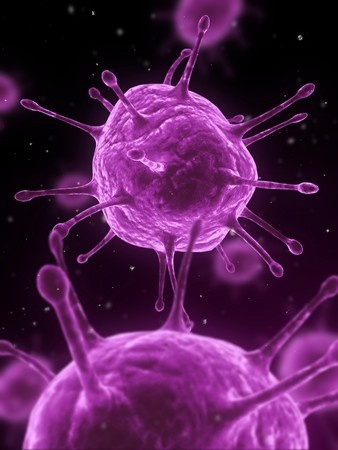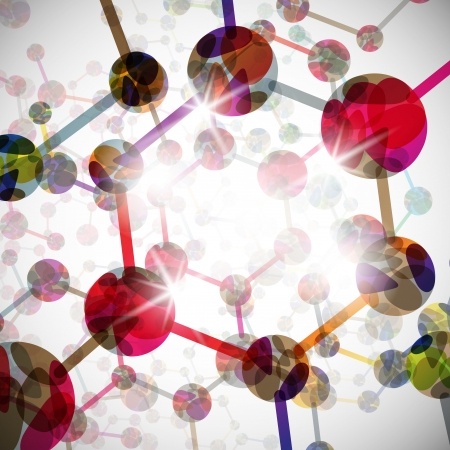Appendix may have important purpose; teen perception of marijuana use; possible to spin spider silk; baby’s first sight; Trump’s nominees and science; one of Antarctica’s largest ice shelves breaking – just a few of the themes in today’s eclectic collection of SciNews. Share these stories with your students and get them excited about science.
SciNews is published twice weekly. Stay tuned for more.
 Biology
Biology
Appendix may have important function, new research suggests. Science Daily
The human appendix, a narrow pouch that projects off the cecum in the digestive system, has a notorious reputation for its tendency to become inflamed (appendicitis), often resulting in surgical removal. Although it is widely viewed as a vestigial organ with little known function, recent research suggests that the appendix may serve an important purpose. In particular, it may serve as a reservoir for beneficial gut bacteria. Read more…
Did teen perception, use of marijuana change after recreational use legalized? Science Daily
Marijuana use increased and the drug’s perceived harmfulness decreased among eighth- and 10th-graders in Washington after marijuana was legalized for recreational use by adults but there was no change among 12th-graders or among students in the three grades in Colorado after legalization for adults there, according to a new study. Read more…
Chemistry

Spinning spider silk is now possible. Science News
Being able to produce artificial spider silk has long been a dream of many scientists, but all attempts have until now involved harsh chemicals and have resulted in fibers of limited use. Now, a team of researchers has, step by step, developed a method that works. Today they report that they can produce kilometer long threads that for the first time resemble real spider silk. Read more…
Physics
The science of baby’s first sight. Science Daily
Scientists have found more clues about the evolving brains of baby mammals as eyesight comes online. Using an imaging system to get neuron-level resolution, they showed how one specific brain circuit — the ‘ventral stream’ — in mice came online immediately after birth, but another circuit — the ‘dorsal stream’ — needed visual stimuli in order to mature. The experiments have helped to unveil how early-in-life visual experiences — simply trying to see — sculpt a particular subnetwork of brain circuitry we need in order to see properly. Read more…
Earth and Space Science
Find out: What Trump’s nominees have said about science and climate at their Senate hearings. Science Mag
This week marks the beginning of U.S. Senate hearings on President-elect Donald Trump’s nominees to his Cabinet. Most, if not all, of the nominees are expected to win confirmation, which requires just 51 votes. ScienceInsider is keeping a watch to see whether scientific issues—such as climate change—get much discussion, and what kind of reaction any comments draw. Read more…
Antarctica’s Larsen C ice shelf nears breaking point. Science News
One of Antarctica’s largest ice shelves is nearing its breaking point, scientists warn. A colossal crack in the Larsen C ice shelf abruptly grew by 18 kilometers during the second half of December 2016, members of the Antarctic research group Project MIDAS reported January 5. The crack is now only about 20 kilometers away from reaching Larsen C’s edge and snapping off a hunk of ice the size of Delaware. Read more…



